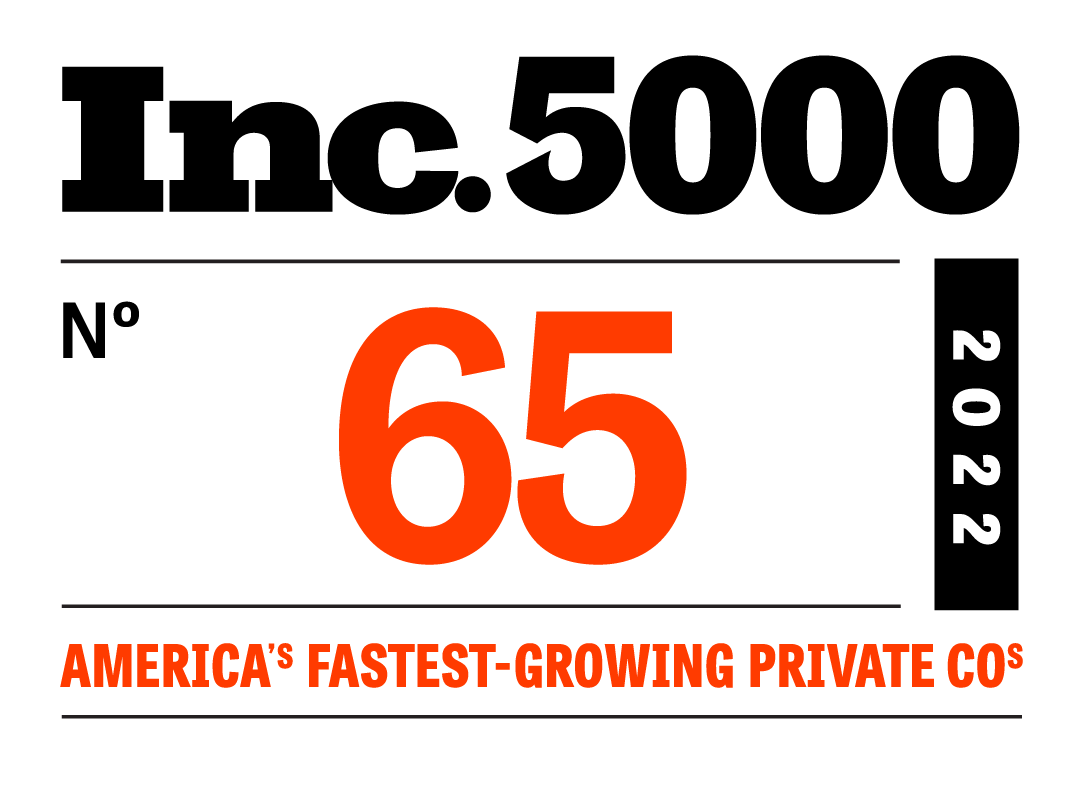
In today’s market, attracting and retaining new business customers can be a challenge for community institutions. In a survey and social listening analysis of over 10,000 small and medium size enterprises (SMEs) conducted by Oliver Wyman, 75 percent of SMEs said that they were open to switching banks.
The report also found that although 92 percent of respondents stated that they were comfortable with the idea of a digital-only bank, only 44 percent had prior knowledge of digital banks.
This presents community institutions with an opportunity to win customers in the business segment. It’s clear that business customers have a desire for digital banking, but many are unaware of the resources that are currently available.
For traditional financial institutions, this is great news. With the help of technology, lenders can drive success in the business segment. In order to do so, however, they will need to focus on creating a digital strategy that will provide customers with a best-in-class digital experience.
The first step is choosing between two options, building new technology in-house or buying it from an outside vendor. While there are benefits that come with building technology in-house, those that find success with this strategy tend to have very large, multi-million dollar tech budgets.
For community institutions, a project of this size is likely not feasible. Because of this, lenders are seeking out strategic partnerships with technology providers, so they can provide a digital-first customer experience and remain competitive.
Why Community Institutions Are Choosing to Buy
One of the biggest challenges for community institutions is that they have limited resources when it comes to technology. Building technology in-house requires a vast amount of resources.
In fact, even those that are pro-build recognize that this is out of reach for many financial institutions. According to this article from McKinsey, on average, it takes over $20 million and 15 months just to launch a new technology initiative and another 18 months post-launch to break even.
Smaller financial institutions do not have the time or resources for a project of this size, which is why many are turning to fintechs for help. Through partnering with fintechs, lenders can take advantage of fast and simple implementation processes, so they can realize time to value in weeks, not years. Lenders that have partnered with Numerated, for example, have seen value from their investment in as few as 72 days.
Time to value should be top of mind for many lenders as they evaluate their technology options. Fintech competition is growing fast, and if financial institutions want to remain competitive, they need to be able to innovate quickly.
Most importantly, lenders are choosing to buy technology because of the best-in-class digital experience it brings to their customers. Fintechs like Numerated are focused on building experiences rather than simply digitizing existing processes. They spend time understanding the customer journey and how it can be improved with technology, and can provide customers with battle-tested playbooks for success using their products.
Leveraging Fintech Partnerships to Attract and Grow New Business
While building technology may be a successful strategy for megabanks, community institutions will not be able to see the same level of success building their own tech. Although they may not find success in building tech in-house, lenders can still compete digitally through finding the right fintech partnerships.
At Numerated, we’ve helped over 140 financial institutions transform the way they lend to business customers. To learn more about how you can empower your financial institution and remain competitive in the new digital landscape, contact us today.







